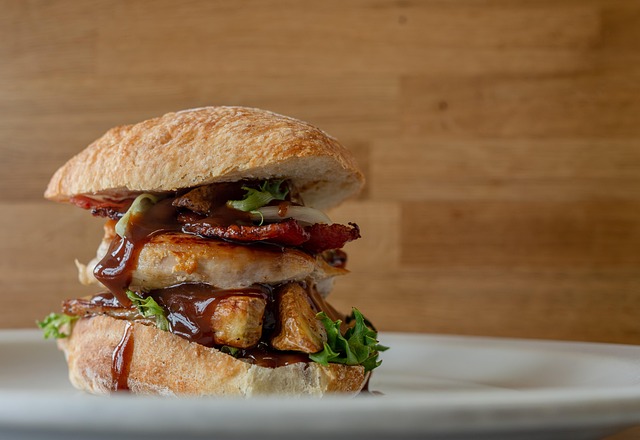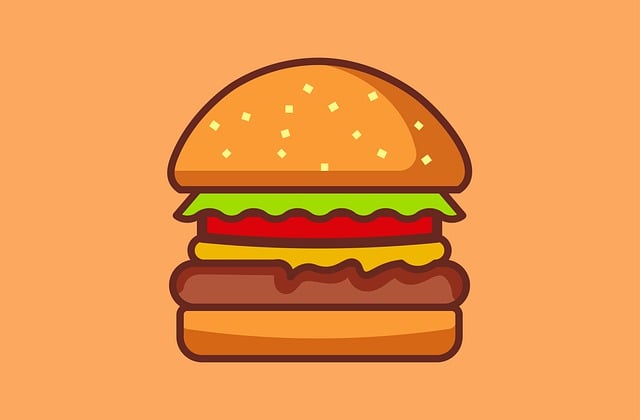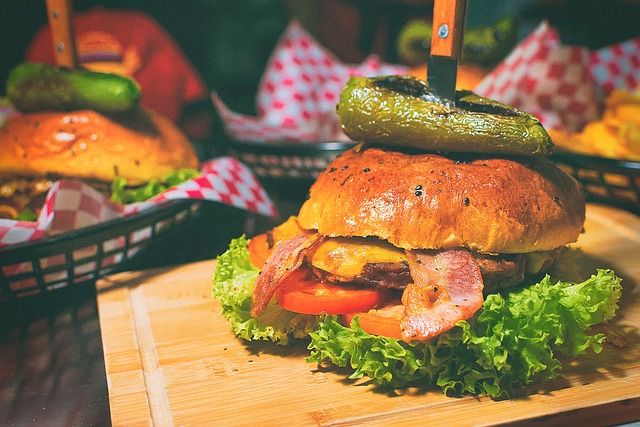Understanding your target market in the food industry is like crafting a perfect burger: analyze specific tastes and struggles to tailor marketing efforts. Setting SMART goals, like "Increase burger sales 20% in Q1," provides focus and trackable progress. Creative strategies like the burger challenge drive foot traffic, generate buzz, and foster community engagement for successful market standing.
Unleash your brand’s growth potential with our comprehensive guide! In this article, we tackle the art of strategic expansion through a unique lens—the Burger Challenge. First, we’ll help you navigate ‘Understanding Your Target Market’ by tackling the iconic burger scenario. Then, we’ll show you how to set SMART goals for achievable success. Finally, discover creative marketing strategies that’ll make your brand stand out like the delicious toppings on a perfectly cooked burger.
- Understanding Your Target Market: Burger Challenge
- Setting SMART Growth Goals: A Taste of Success
- Creative Marketing Strategies: Topping Your Burgers
Understanding Your Target Market: Burger Challenge

Understanding your target market is like tackling a burger challenge: disassembling a complex, mouthwatering patty to identify each ingredient that drives customer satisfaction. It’s not about guessing what flavors appeal to everyone; it’s about delving into specific preferences and pain points unique to your potential diners.
Just as a successful burger needs the right blend of beef, cheese, veggies, and sauce, a growth strategy must be tailored to the exact mix of demographics, psychographics, and behaviors that make up your ideal customer. This means going beyond broad strokes and embracing data-driven insights to truly “get” who they are, what motivates them, and how your product or service fits into their world – ensuring every marketing dollar spent hits the mark.
Setting SMART Growth Goals: A Taste of Success

Setting SMART growth goals is a proven strategy for any business aiming high, including those in the food industry. SMART stands for Specific, Measurable, Achievable, Relevant, and Time-bound – a framework that ensures your goals are not just aspirations but actionable steps towards success. When applying this to your burger challenge, for instance, a specific goal could be to “Increase burger sales by 20% in the next quarter.” This is measurable through sales data, achievable with strategic marketing, relevant to your overall growth strategy, and time-bound, providing a clear deadline.
By setting SMART goals, you’re not just planning; you’re plotting a course for victory. It’s like navigating a labyrinth – having a map (SMART goals) ensures you don’t get lost in the twists and turns of market dynamics. This approach encourages focus, drives motivation, and fosters a culture of achievement within your team, ultimately propelling your business towards that taste of success you’ve been craving.
Creative Marketing Strategies: Topping Your Burgers

In today’s competitive market, restaurants need creative marketing strategies to stand out from the crowd and attract customers. One unique and engaging approach that has gained significant traction is hosting a burger challenge. This involves creating an event where participants race against each other to finish a stack of burgers in a set time frame. Not only does this drive foot traffic and create buzz on social media, but it also positions the restaurant as a fun, vibrant hub within the community.
The burger challenge can be tailored to suit various themes and promotional goals. For instance, restaurants could partner with local businesses or influencers to host sponsored events, increasing brand visibility and fostering a sense of community engagement. By leveraging this tactic, establishments can not only boost sales but also build a loyal customer base that actively seeks out their unique dining experiences. Remember, in the world of competitive culinary markets, innovation like the burger challenge can be a game-changer.
